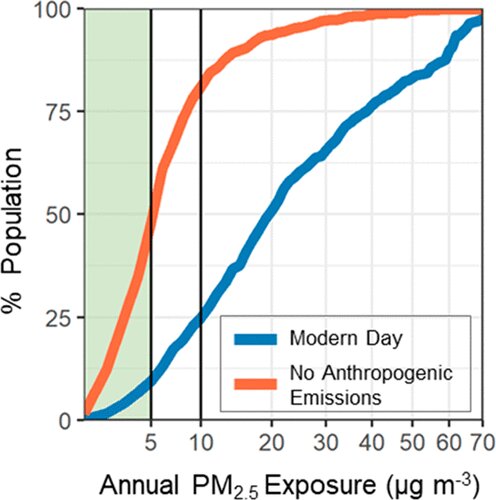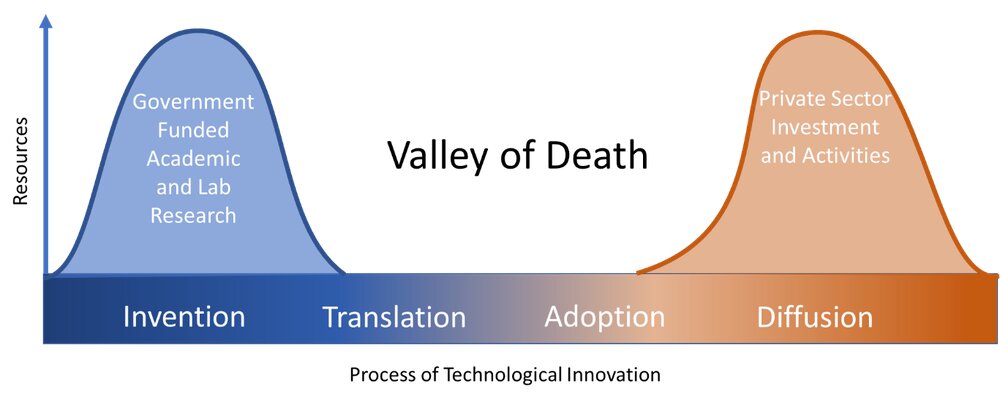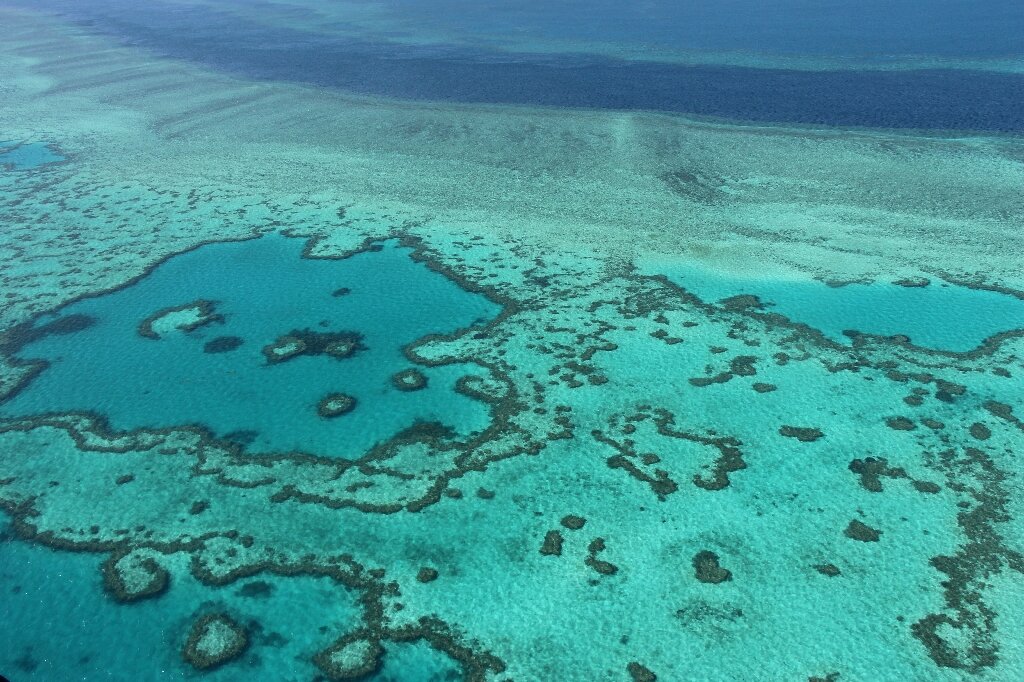#Natural sources of air pollution exceed air quality guidelines in many regions

Table of Contents
“Natural sources of air pollution exceed air quality guidelines in many regions”

Alongside climate change, air pollution is one of the biggest environmental threats to human health. Tiny particles known as particulate matter or PM2.5 (named for their diameter of just 2.5 micrometers or less) are a particularly hazardous type of pollutant. These particles are produced from a variety of sources, including wildfires and the burning of fossil fuels, and can enter our bloodstream, travel deep into our lungs, and cause respiratory and cardiovascular damage. Exposure to particulate matter is responsible for millions of premature deaths globally every year.
In response to the increasing body of evidence on the detrimental effects of PM2.5, the World Health Organization (WHO) recently updated its air quality guidelines, lowering its recommended annual PM2.5 exposure guideline by 50 percent, from 10 micrograms per meter cubed (μm3) to 5 μm3. These updated guidelines signify an aggressive attempt to promote the regulation and reduction of anthropogenic emissions in order to improve global air quality.
A new study by researchers in the MIT Department of Civil and Environmental Engineering explores if the updated air quality guideline of 5 μm3 is realistically attainable across different regions of the world, particularly if anthropogenic emissions are aggressively reduced.
The first question the researchers wanted to investigate was to what degree moving to a no-fossil-fuel future would help different regions meet this new air quality guideline.
“The answer we found is that eliminating fossil-fuel emissions would improve air quality around the world, but while this would help some regions come into compliance with the WHO guidelines, for many other regions high contributions from natural sources would impede their ability to meet that target,” says senior author Colette Heald, the Germeshausen Professor in the MIT departments of Civil and Environmental Engineering, and Earth, Atmospheric and Planetary Sciences.
The study by Heald, Professor Jesse Kroll, and graduate students Sidhant Pai and Therese Carter, published June 6 in the journal Environmental Science and Technology Letters, finds that more than 90 percent of the global population is currently exposed to average annual concentrations that are higher than the recommended guideline. The authors go on to demonstrate that over 50 percent of the world’s population would still be exposed to PM2.5 concentrations that exceed the new air quality guidelines, even in the absence of all anthropogenic emissions.
This is due to the large natural sources of particulate matter—dust, sea salt, and organics from vegetation—that still exist in the atmosphere when anthropogenic emissions are removed from the air.
“If you live in parts of India or northern Africa that are exposed to large amounts of fine dust, it can be challenging to reduce PM2.5 exposures below the new guideline,” says Sidhant Pai, co-lead author and graduate student. “This study challenges us to rethink the value of different emissions abatement controls across different regions and suggests the need for a new generation of air quality metrics that can enable targeted decision-making.”
The researchers conducted a series of model simulations to explore the viability of achieving the updated PM2.5 guidelines worldwide under different emissions reduction scenarios, using 2019 as a representative baseline year.
Their model simulations used a suite of different anthropogenic sources that could be turned on and off to study the contribution of a particular source. For instance, the researchers conducted a simulation that turned off all human-based emissions in order to determine the amount of PM2.5 pollution that could be attributed to natural and fire sources. By analyzing the chemical composition of the PM2.5 aerosol in the atmosphere (e.g., dust, sulfate, and black carbon), the researchers were also able to get a more accurate understanding of the most important PM2.5 sources in a particular region. For example, elevated PM2.5 concentrations in the Amazon were shown to predominantly consist of carbon-containing aerosols from sources like deforestation fires. Conversely, nitrogen-containing aerosols were prominent in Northern Europe, with large contributions from vehicles and fertilizer usage. The two regions would thus require very different policies and methods to improve their air quality.
“Analyzing particulate pollution across individual chemical species allows for mitigation and adaptation decisions that are specific to the region, as opposed to a one-size-fits-all approach, which can be challenging to execute without an understanding of the underlying importance of different sources,” says Pai.
When the WHO air quality guidelines were last updated in 2005, they had a significant impact on environmental policies. Scientists could look at an area that was not in compliance and suggest high-level solutions to improve the region’s air quality. But as the guidelines have tightened, globally-applicable solutions to manage and improve air quality are no longer as evident.
“Another benefit of speciating is that some of the particles have different toxicity properties that are correlated to health outcomes,” says Therese Carter, co-lead author and graduate student. “It’s an important area of research that this work can help motivate. Being able to separate out that piece of the puzzle can provide epidemiologists with more insights on the different toxicity levels and the impact of specific particles on human health.”
The authors view these new findings as an opportunity to expand and iterate on the current guidelines.
“Routine and global measurements of the chemical composition of PM2.5 would give policymakers information on what interventions would most effectively improve air quality in any given location,” says Jesse Kroll, a professor in the MIT departments of Civil and Environmental Engineering and Chemical Engineering. “But it would also provide us with new insights into how different chemical species in PM2.5 affect human health.”
“I hope that as we learn more about the health impacts of these different particles, our work and that of the broader atmospheric chemistry community can help inform strategies to reduce the pollutants that are most harmful to human health,” adds Heald.
Mobility restrictions can have unexpected impacts on air quality
Sidhant J. Pai et al, Updated World Health Organization Air Quality Guidelines Highlight the Importance of Non-anthropogenic PM2.5, Environmental Science & Technology Letters (2022). DOI: 10.1021/acs.estlett.2c00203
This story is republished courtesy of MIT News (web.mit.edu/newsoffice/), a popular site that covers news about MIT research, innovation and teaching.
Citation:
Study: Natural sources of air pollution exceed air quality guidelines in many regions (2022, June 8)
retrieved 8 June 2022
from https://phys.org/news/2022-06-natural-sources-air-pollution-quality.html
This document is subject to copyright. Apart from any fair dealing for the purpose of private study or research, no
part may be reproduced without the written permission. The content is provided for information purposes only.
If you liked the article, do not forget to share it with your friends. Follow us on Google News too, click on the star and choose us from your favorites.
For forums sites go to Forum.BuradaBiliyorum.Com
If you want to read more Like this articles, you can visit our Science category.




